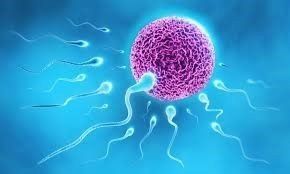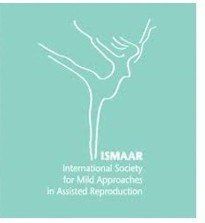SOME MEDICAL FERTILITY PROCEDURES
When you go for consultation with your fertility doctors, they will discuss with you variety of procedures that can be used to enhance your chances of becoming pregnant. The information here is only a guide. Your doctor will give you a more detailed and possibly most current information which can be tailored to your specific need.
Below are some of the medical procedures used in fertility programmes:
1) Intrauterine insemination (IUI)
IUI involves depositing a concentrated amount of sperm from partner or a donor directly into the woman's uterus, using a catheter that passes through the cervix.
Success rates
For couples with unexplained infertility, the pregnancy rate is shown to be about 7 to 16% per stimulated IUI cycle.
2) In-vitro fertilization (IVF)
For in-vitro fertilization (IVF), eggs are removed from the woman's ovaries and then combined in a laboratory with partner or donor sperm. If fertilization is successful, the resulting embryo or embryos are transferred to the woman's uterus.
Success rates
Bearing in mind that there is always an exception to the rule, recent studies reported the following percentages of IVF success rates and the associated age of the women:
• 40% for women age 34 and under• 31% for women age 35 to 37• 21% for women age 38 to 40• 11% for women age 41 to 42• 5% for women age 43 and over
3) Intra-cytoplasmic sperm injection (ICSI)
ICSI is often added to an IVF treatment to overcome male fertility problems or to help the fertilization process when it might have been a challenge. During ICSI, a single sperm is injected into a single egg and the resulting embryo is transferred to the woman's uterus.
Success rates
ICSI successfully fertilizes about 50 to 80% of eggs. After fertilization, studies showed that the chance of having a baby is similar to that of couples who used IVF without ICSI:
• 40% for women age 34 and under• 31% for women age 35 to 37• 21% for women age 38 to 40• 11% for women age 41 to 42• 5% for women age 43 and over
4) Gamete Intra-Fallopian transfer (GIFT)
During Gamete Intra-Fallopian Transfer (GIFT), eggs are mixed with sperm in a lab. Laparoscopic surgery is then used to inject the mixture into the Fallopian tubes so fertilization can occur naturally inside the woman's body.
GIFT is rarely used now, since the development of IVF with ICSI.
Success rates
Studies reported that about 26.5% of GIFT cycles result in a baby – a similar success rate to that of IVF.
5) Zygote Intra-Fallopian Transfer (ZIFT)
Like GIFT, Zygote Intra-Fallopian Transfer (ZIFT) involves the eggs and sperm being mixed together in a lab. But during ZIFT, the doctor makes sure the eggs are fertilized and become one-celled embryos called zygotes before using laparoscopic surgery to place them in the woman's Fallopian tubes. Since the development of IVF with ICSI, ZIFT is rarely used.
Success rates
Studies showed that the percentage of ZIFT cycles resulting in a baby is similar to that of IVF – about 22%.
6) Donor eggs and embryos
Using IVF techniques, an egg donated by another woman is mixed with partner's sperm and transferred to the client's uterus. If a donor embryo is used, the woman will have to take medications to prepare her uterine lining for pregnancy before the embryo or embryos are transferred to her uterus.
Success rates
Some studies suggested that the estimated chances of giving birth to a child using donor eggs or embryos:
• With fresh donor eggs, is about 50%.• With a frozen embryo from a previous donor egg cycle, is about 38%.• With embryos created from frozen donor eggs, is about 43%.• With frozen donor embryos, is about 37%.
7) Gestational surrogacy
A gestational carrier carries client's embryo, or a donor's embryo, to term and then signs away all her parental rights.
Success rates
Recent studies have shown that for women who used their own eggs and a gestational carrier, these are the possible percentages of IVF cycles that lead to a live birth:
• 49% for women age 34 and under• 33% for women age 35 to 37• 29% for women age 38 to 40• 19% for women age 41 to 42• 11% for women age 43 and over




